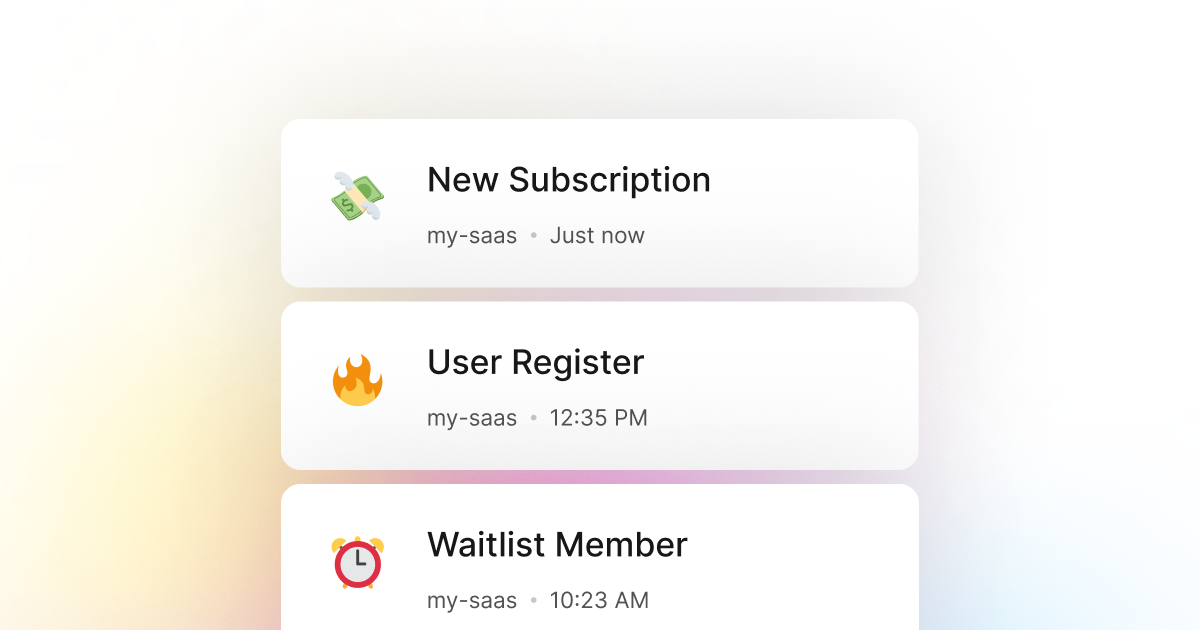When we are building a website or application with cURL, we often require our users to sign up for an account before they can access or use our service. This is a common requirement for many services as it allows us to track usage more efficiently, monitor growth, and avoid abuse.
Unfortunately, this process has certain downsides, such as introducing additional friction to our service and making the users go through extra steps before accessing our service.
Thus, tracking user activity when visiting our service and tracking how many go through the signup process and drop off before they use our service is essential. By monitoring the signup process, we can better understand how our visitors interact with our cURL service and find and fix any issues they may encounter.
LogSnag makes it easy to track events such as user registration directly within your cURL code. As a result, it helps you better understand how your users interact with your product and how your product is performing.
Setting up your account
Setting up LogSnag with cURL is very simple!
- Create a free LogSnag account.
- Create a new project on your dashboard.
- Copy your API token from the settings page.
cURL code snippets
Once your LogSnag account is set up, you can use the following code snippets to track user signup events. Just replace the YOUR_API_TOKEN with your LogSnag API token and update your project name.
Using cURL with cURL
cURL integration details
LogSnag is a simple event tracking tool that works seamlessly with your cURL code. With it, you can track any event within your cURL application. It also allows you to create simple charts and track user journeys to help you better understand your product. LogSnag also enables you to receive real-time push notifications on your desktop and mobile devices whenever a new user creates an account on your website or application.
Other use-cases for LogSnag
- Monitor your CI/CD build status for your cURL application
- Monitor your CPU usage in your cURL application
- Monitor when database goes down in your cURL application
- Monitor high disk usage in your cURL application
- Monitor when a user changes their email address in your cURL application
- Monitor failed logins in your cURL application
- Monitor failed payments for your cURL application
- Monitor memory usage in your cURL application
- Monitor MySQL downtime in your cURL application
- Monitor when a new feature is used in your cURL application
- Monitor your Postgres downtime in your cURL application
- Monitor Redis downtime in your cURL application
- Monitor suspicious activity in your cURL application
- Monitor when a user exceeds the usage limit for your cURL service
- Monitor when a user is being rate limited in your cURL application
- Get a notification when your cURL code is done executing
- Send push notifications to your phone or desktop using cURL
- Track canceled subscriptions in your cURL application
- Track your cURL cron jobs
- Track when a file is uploaded to your cURL application
- Track when a form is submitted to your cURL application
- Track payment events via cURL
- Track user sign in events in cURL
- Track waitlist signup events via cURL

